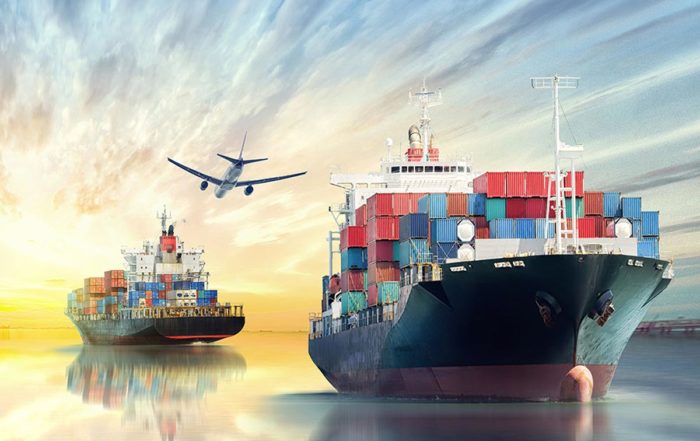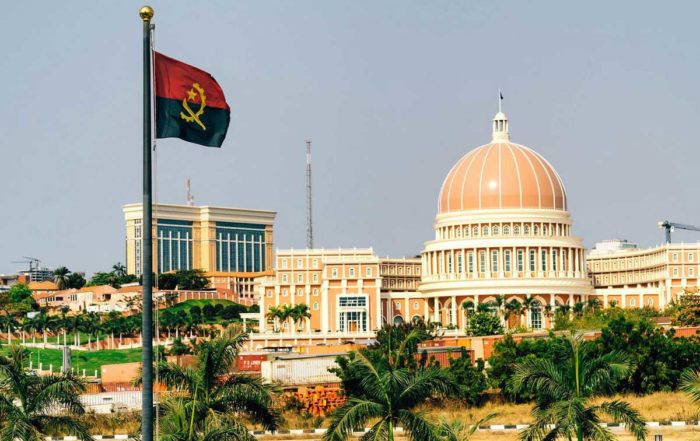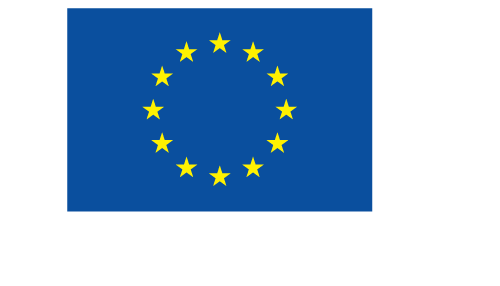It is common when the word, « logistics » is mentioned, the general public thinks simply of the transportation of goods from one place to another. Although not entirely incorrect, there are many other influences and agents involved in the exchange of goods.
The first thing to do is to differentiate between internal logistics and external logistics. Internal logistics is the process that takes place within the factory from where the product leaves: storage, inventory, product management… External logistics, on the other hand, refers to all the processes that take place once the product leaves the warehouse.
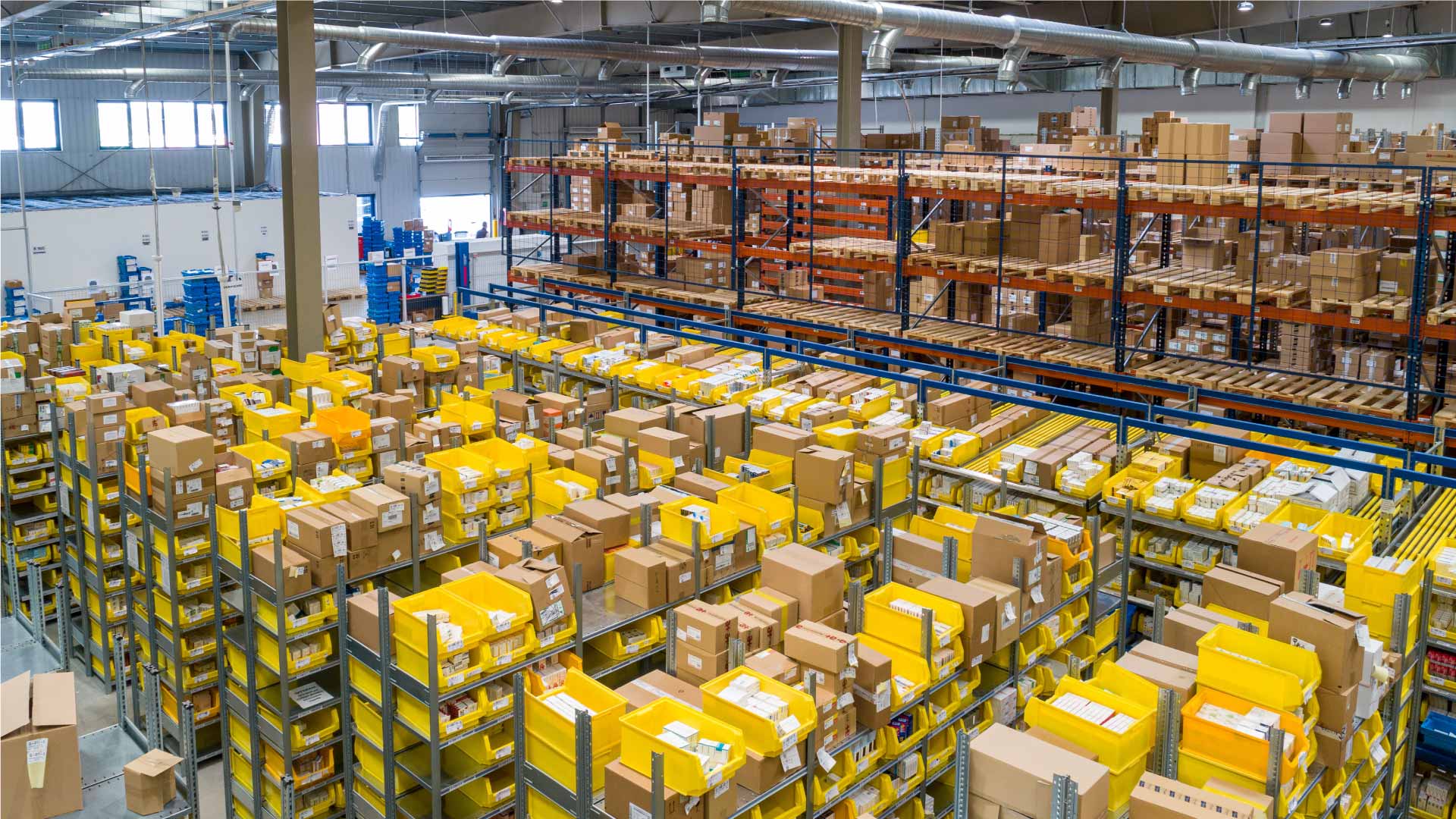
A complete overview of logistics
Now that the main difference between the different types of logistics is clear, it is time for a more in depth classification that highlights the different logistics involved in the overall process. A classification of stages that covers the entire journey of the product until it arrives in the hands of the consumer and even what may happen after that.
- Supply logistics: This is responsible for controlling the supply of raw materials, or semi-finished products for the manufacturing of a final product. Or products already manufactured and ready for sale. For this phase of logistics to be efficient, it is necessary to have a ready selection of suppliers, have all the necessary stock to be able to meet orders, maintain efficient management of stock, establish supply frequency, and to have the necessary space for storage.
- Production logistics: At this stage it is essential to optimize the entire production process, from the purchase of raw materials until the transformation of these into the final product. The function of this process is to simply produce the product to be distributed in the shortest time possible, thus optimizing the supply chain whether the product is prefabricated, or made on demand.
- Distribution logistics: This system is precisely what the public think of when they hear this term. This phase looks after the distribution of the finished product, one of the most crucial moments for the producer, as it is critical for the product to reach the customer quickly and efficiently. The key factors are for the goods to arrive on time, arrive as ordered, and to arrive in the quantity ordered. Transportation, warehousing, order management and order distribution are its main functions.
- Reverse logistics: This process does not end even when the product has reached the customer. Sometimes this product may not meet the clients’ expectations, so it is returned, and it is in these cases that reverse logistics comes into play. It essentially focuses on the return of products or the collection of products that have already become waste in order to dispose of them appropriately. The functions are the same as with distribution logistics, and these must be taken into account when planning reverse logistics.
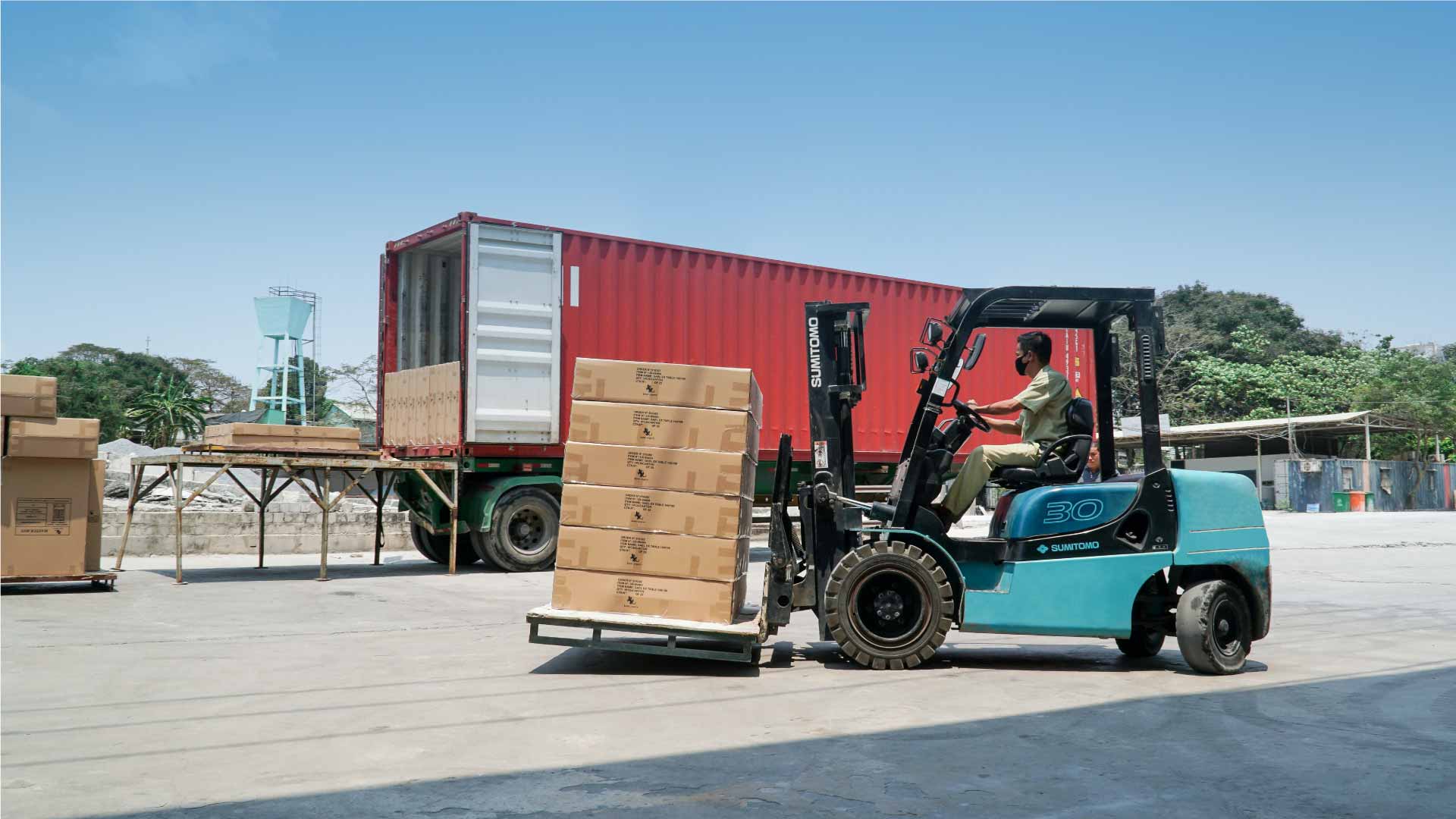
Beyond logistics
While there are different stages that make up the complex concept of logistics, we can also differentiate between different types of strategies for executing these processes. Thus, we can speak of integrated logistics, Omni-channel logistics, 4.0 logistics and environmental logistics.
In integrated logistics, one company is responsible for all the processes involved. In the case of Omni-channel logistics, one company focuses on the needs of the digital consumer and manages a large number of orders, but has few units. This is very typical of e-commerce. Logistics 4.0 focuses on logistics operations that are mostly automated and digitised, for example, stock management in the warehouse or automated storage. And finally, there is environmental logistics, a much more environmentally friendly form of management that is committed to more sustainable options to minimise environmental impact.
Maritime traffic, its functions and dependability
Maritime transport moves cargo equivalent to more than 90% of world trade, according to the International Maritime Organisation
Angola, a destination for growth
It is a country with which Spain has maintained uninterrupted trade relations since it declared its independence in 1977
The container crisis and its effects
Several factors are influencing the container crisis, causing product shortages and price increases.
